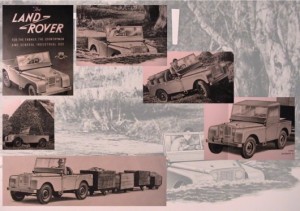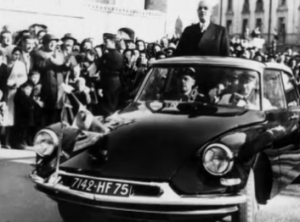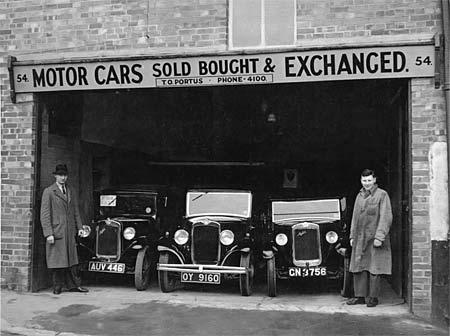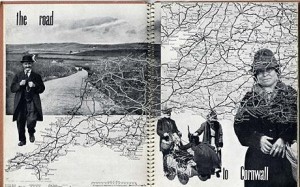 It’s not just the price of petrol: the impact of motoring on the fabric of the country since the Second World War has, whatever else it has been, increased the ugliness and dangerousness of our streets and roads. But there is still an aesthetic to the petrol engine, the car, and the road network, and given that so many people are obliged to use their vehicle more than they would choose, it’s just as well that worthwhile motoring choices exist .
It’s not just the price of petrol: the impact of motoring on the fabric of the country since the Second World War has, whatever else it has been, increased the ugliness and dangerousness of our streets and roads. But there is still an aesthetic to the petrol engine, the car, and the road network, and given that so many people are obliged to use their vehicle more than they would choose, it’s just as well that worthwhile motoring choices exist .
The idea of Garreteer motoring grew out of the tradition of the glamorous banger – an old but reliable car of personality, low running costs, life behind it and a host of spare parts on the market that was still fun to drive. The classics of this kind were the Morris Minor and the VW Beetle. Later, the mantle passed to vanishing stalwarts such as the VW Polo Mk1. But aesthetics trump rust, and these earlier two cars head our list:
1. VW Beetle
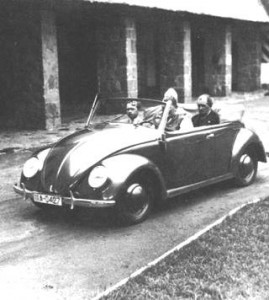
We’re looking here at the classic German Volkswagen People’s Car, the design half ripped-off from pre-war Czechoslovakia after the betrayal of Munich. It was a bad start for a classic design, but it had a great deal going for it: a strong steel bodyshell that responded well to collisions, a famously reliable engine, good touring speed on motorways, a decent driving position, room in the back, simplicity and charisma. The hippies adopted it in the 1960s, and saved its soul. Because so many were made, latterly in Brazil, the spare part pool and garage backup for the VW Beetle is still huge, and there are many supportive owners’ groups. Remaining examples are cheap to acquire, and are probably a Garreteer’s best chance of experiencing something like pre-War motoring for themselves.
2. Morris Minor
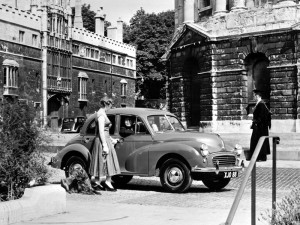
Aesthetics, in the end, betrayed the Moggie. New, it was a thoroughly modern car, ready to power middle and working class Britain into the new Elizabethan Age. It was well-made into the bargain, and thousands continued to run long after the last new example had rolled off the production line. But by then, the great shift had occurred: cars had become sharklike, angular, and the poor Moggie was left out on its own like a four-wheeled maiden aunt in pearls. But even that has passed now: Moggie drivers have become unpredictable again. It’s anyone’s car, but no one conventional’s car. Remaining examples are in good condition, well looked after, but relatively cheap for the kudos that comes with them, and spare parts and support are still legion.
3. Volvo 240 Estate
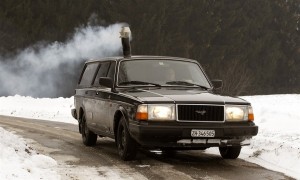
Once the antique dealer’s and Sloane Ranger’s shooting brake of choice, the gradual winnowing of Volvo’s famous old barge changes its feel. It’s become something of a sighting on modern roads, but is still able to compete on motorways. This is as cheap as these indestructable, characterful cars will ever be: snap up an automatic gearboxed example, polish it and enjoy the extraordinary carrying capacity. Fuel-heavy, though, but probably, as things stand now, the ultimate Garreteer car.
4. Austin Mini
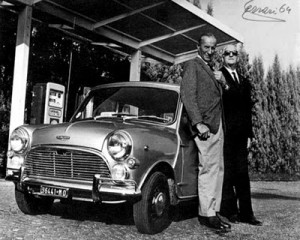
Another familiar old workhorse that time and the scrapyard has transformed into something altogether more interesting. The Mini is still probably the best driving fun that can be had for less than a year’s salary (pace the old Peugeot 205 Turbo, but those were all thrashed by their owners 25 years ago). Parks anywhere, and there’s a decent chance that you’ll forego car tax. Above all, in Garreteer terms, a genuine pride-in-your-country extraordinary design classic by one of the great Britons of the post-War era.
5. The MGB
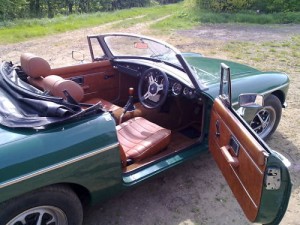
The most unreliable, and the most expensive, of the Garreteer lineup, but the sheer charisma and pull of these beautiful cars is enough to overwhelm such considerations. And there are goggles, car coats, scarves and newsboy caps to wear with it, and the top to take down in January. The MGB is a Garreteer’s Morgan, the car we’ll all want when the bad days are over. The real MGB issue is whether to settle for the later, dark plastic bumper, or hold out for chrome. There’s something Garreteer about the dark plastic – and, indeed, for settling – but with these cars, like rescue pets, it’s very much a case of waiting to see what turns up.
6. Honorary mentions
